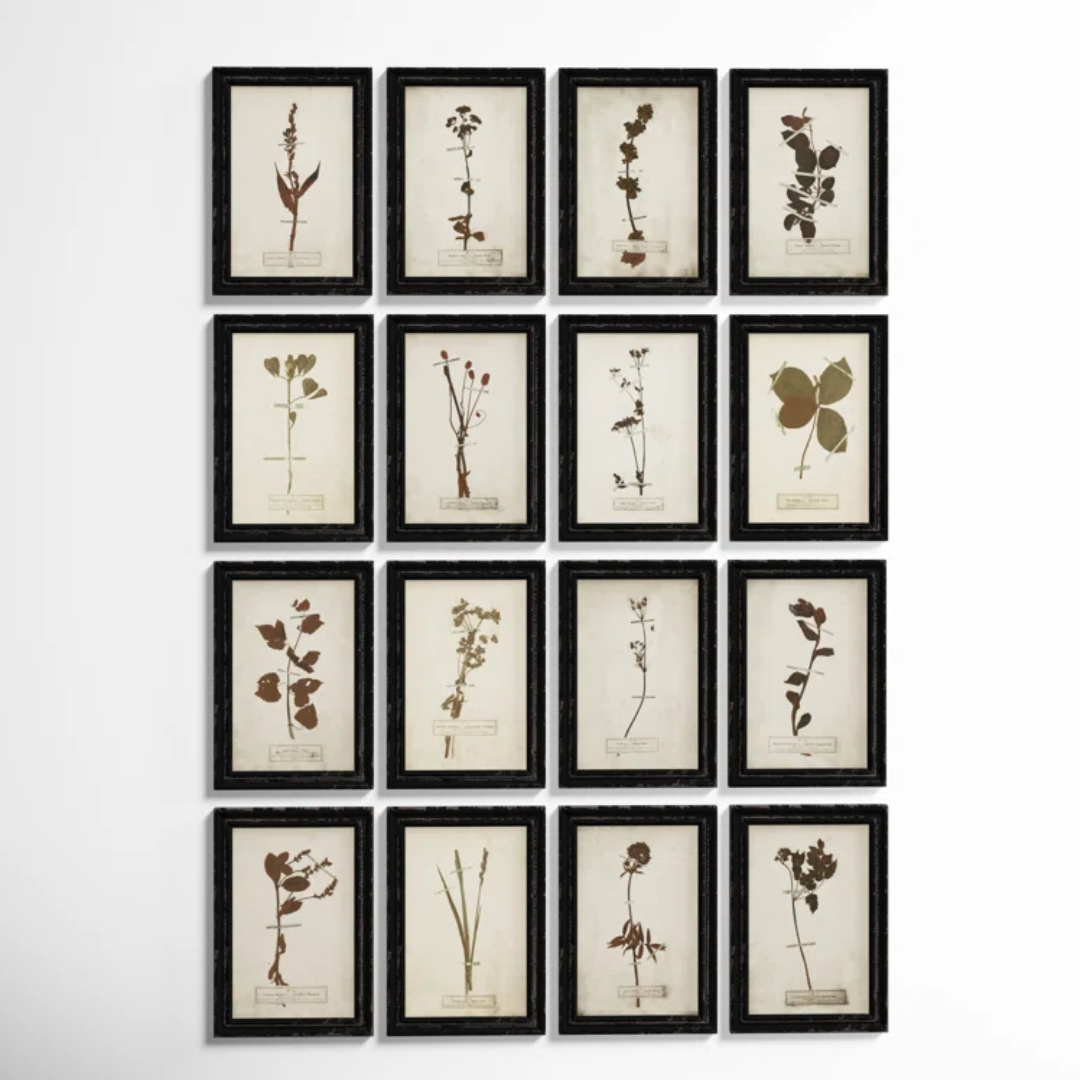How to Decorate With Dried Flowers — 5 Expert Ways You Can Style and Display Your Petals
Dried flowers are a beautiful and soul-enriching addition to every space. Here's how you can dry and display them
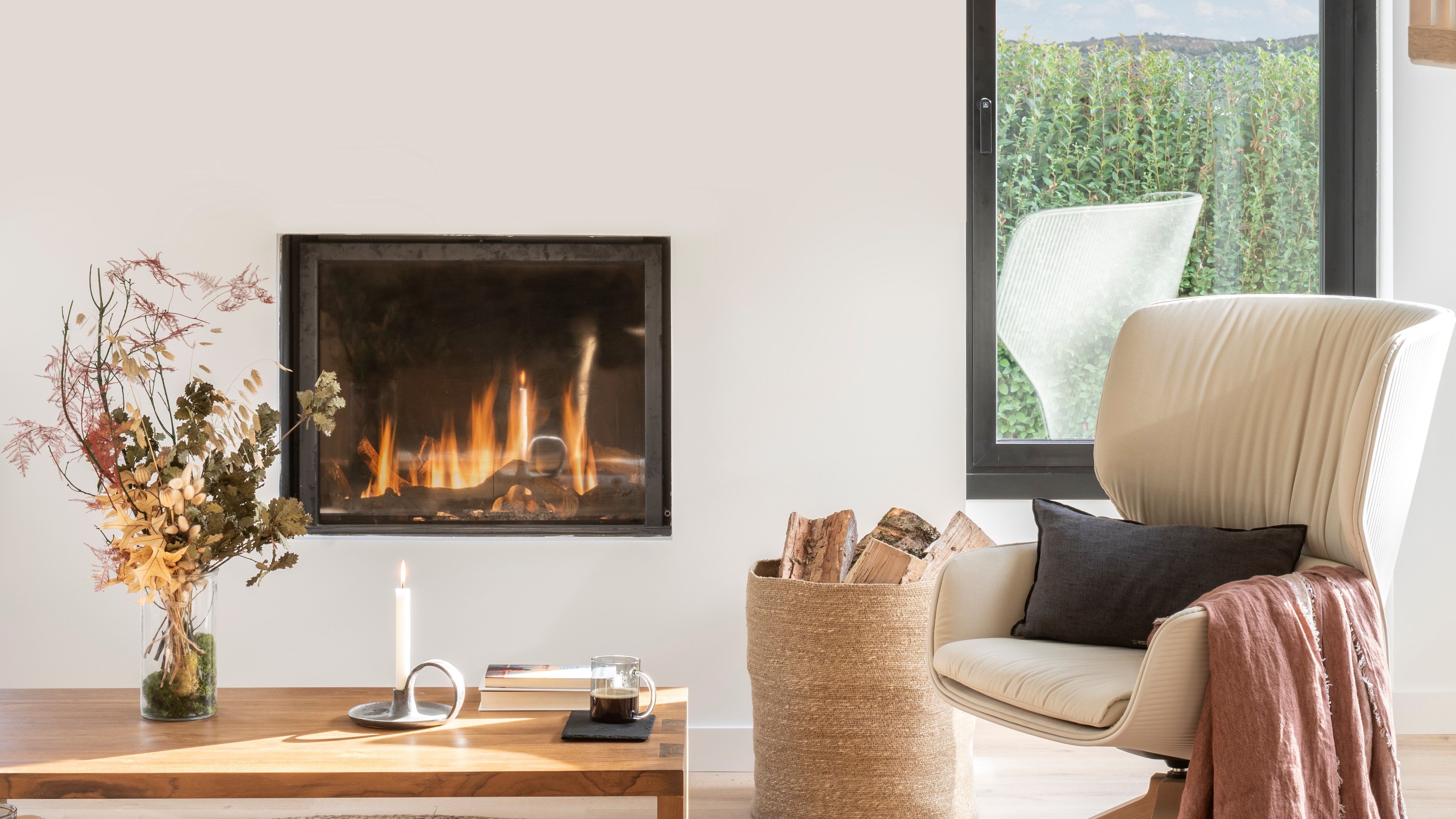

A bunch of dried flowers in a simple vase can transform an unloved corner of the home, and I'm seeing more and more homeowners taking to this botanical trend. Easy to maintain and look after, longer lasting than a fresh bunch, and with a simple, rustic charm perfect for a soft minimalist scheme, we’re sold on the look.
"Dried flowers rely on stem structure and texture," says Suzanna Cameron from Brooklyn neighborhood florist, Stems. "You can get dynamic shapes, colors, and textures from dried flowers that you simply can't with fresh flowers. The look of them is about a feeling that connects to the earth, to dirt."
The reason that preserving your petals has become such an interior design trend is that there is a strong sense of nostalgia associated with a moment in time. Last summer, I went to a wedding where the bride asked if I could dry and preserve her bouquet. Slightly dubious, but still on my best bridesmaid duties, I gave it a go and was surprised at how easy it was. Months later and a selection of flowers from her wedding bouquet still make for a tasteful addition to a ceramic vase, sat proudly on her bookshelf.
"Dried wedding flowers are about making the moment last, imagine keeping your wedding flowers to preserve those memories in a tangible way. It creates this high level of nostalgia that is absolutely intoxicating," says Suzanna. Read on to find out more about how best to dry your petals, style them and display them.
What are the best flowers to dry?
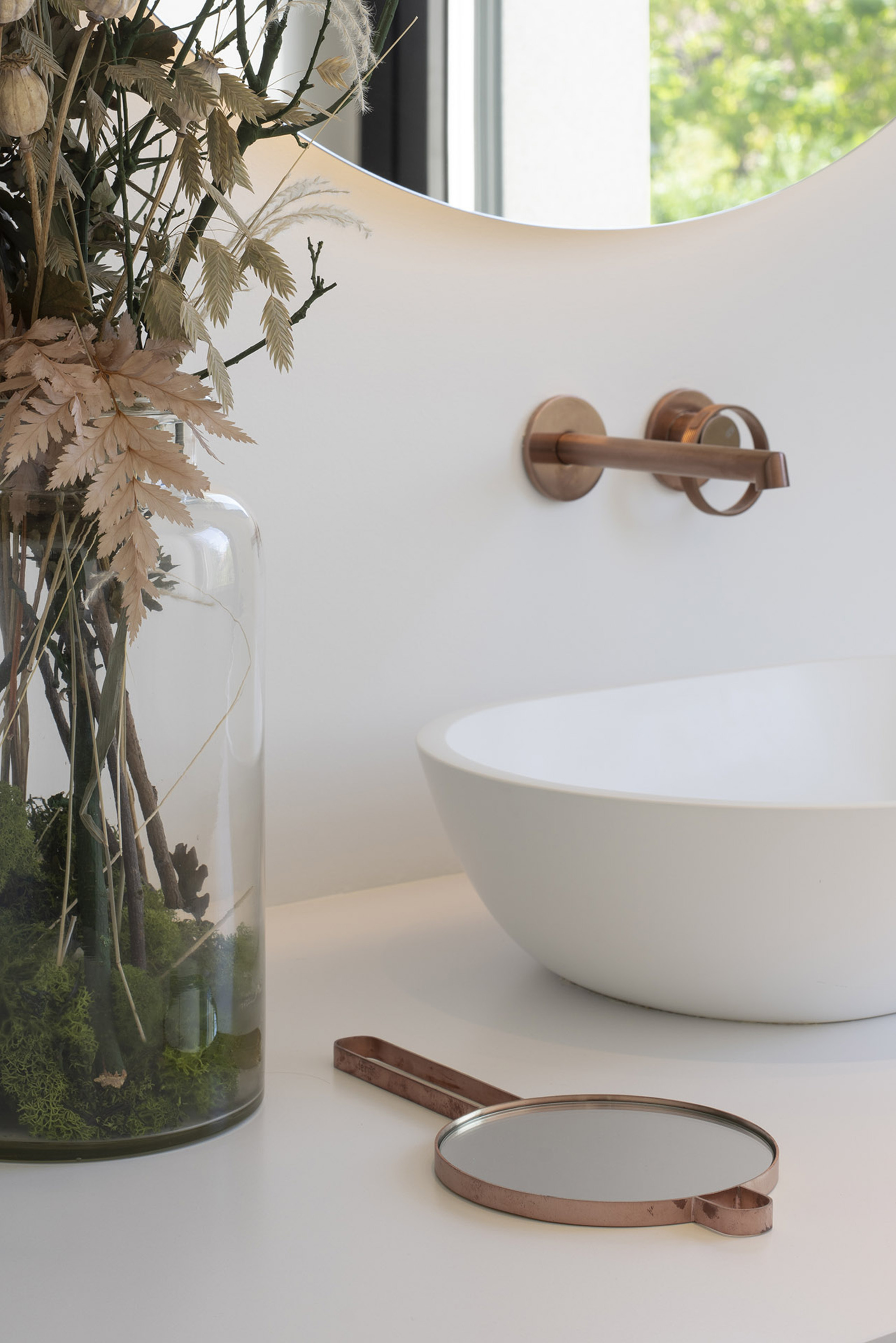
You can dry pretty much any type of flower, but note that some don't dry as well as others. Flowers with high water content don't dry well and can take a long time, so think small for the best results.
"My favorite dried flowers are thistles, roses, delphinium, peonies, craspedia, static and baby's breath," says Suzanna Cameron from Brooklyn neighborhood florist, Stems. "I also foliage like dried eucalyptus and of course grasses and herbs." Oat, wheat and maidengrass also dry well as a piece of rustic decor. A beautiful selection starts with a beautiful product, balance of textures, and of course, good height play.
Think about color too. "Many stems take on a different color once dried," says the florist Angela Maynard.
"In particular, stems that are air-dried naturally take on more muted tones. It can be helpful to consider colors that work well in nature when planning an arrangement. A basic knowledge of color theory and the color wheel is also useful here."
How to dry flowers easily
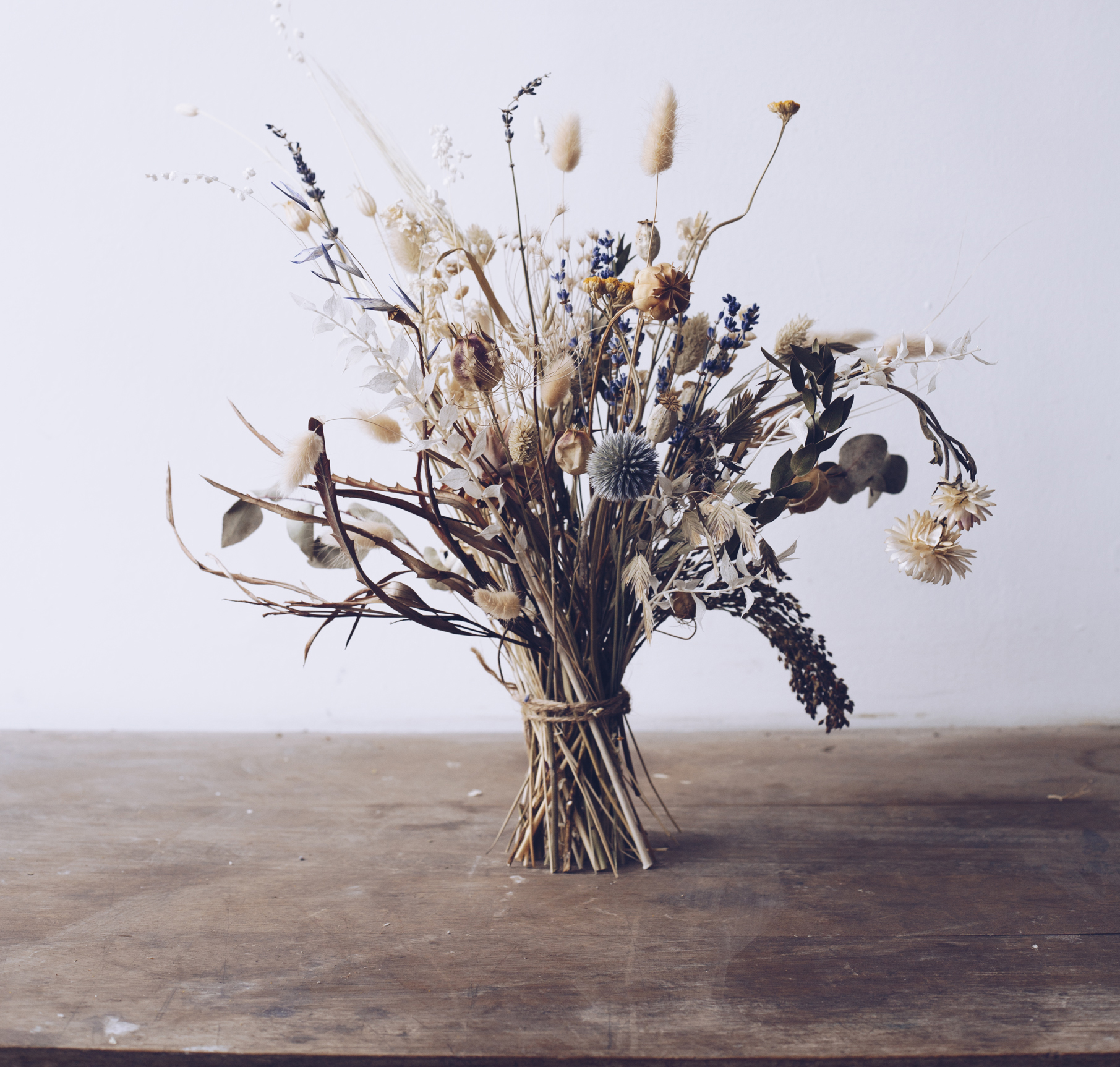
A dried flowers bouquet designed by Angela Maynard
The absolute most important rule to remember when drying flowers is that you have to dry fresh flowers, so don't wait for your flowers to wilt before you decide to dry them. Start with the best and purchase fresh flowers and dry them within one or two days of buying.
"Hang the flowers upside down in small clusters of no more than a dozen stems," advises Suzanna. "Make sure to remove all the excess foliage from each stem. This is important so you don't have bulky stems when designing your flowers after drying.
"Big bunches of flowers can get tangled or smooshed which is not a cute look. When drying, make sure to hang it from a rod so each flower can dry with enough space. Avoid drying flowers against a wall as the flowers on the back of the bouquet can flatten against the wall."
When you dry flowers they will open up even more after being out of water for a day or two so consider this when drying roses or peonies.
Hang them upside down in ideally a dark, dry room and try to keep them out of the sun so they keep their color. The drying process can take around two weeks, but once dried, you have them forever.
How to style and display dried flowers
It's time to display your beautiful blooms and here are a few tips on how you can do just that — a word of warning, you may just fall in love with these!
1. Hang your flowers upside down for a tasteful wall hanging
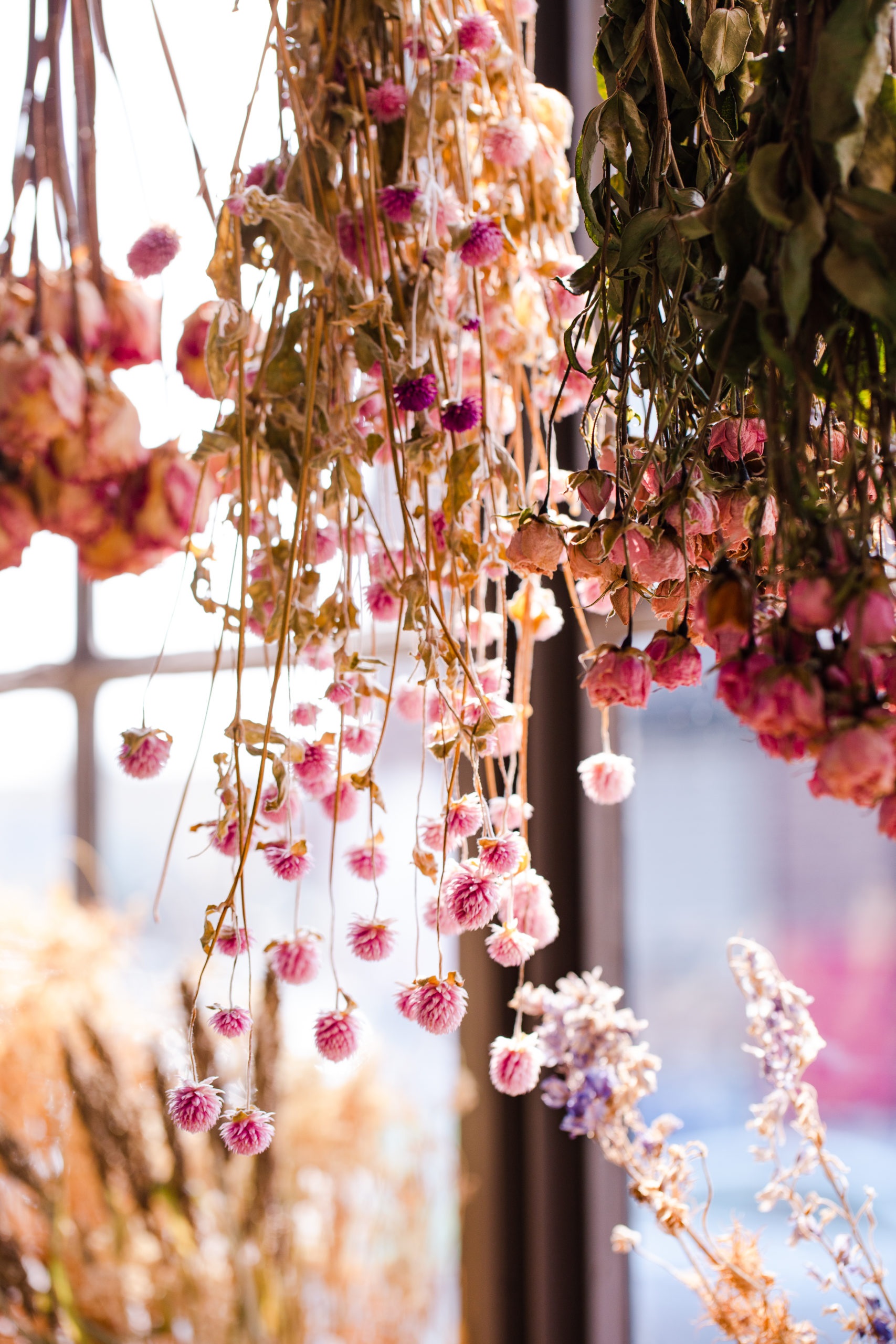
From the moment you start the process, your upside-down, drying flowers already make for a nice decorative touch in any room, so much so that many keep the look as a piece of decorative wall art. "Some of the coolest dried flower styling I've seen is when folks hang bouquets upside down on their walls," says Suzanna.
"I love seeing clusters of bouquets hanging from a rod or even just pinned to the wall. It creates an earthy feel for a pretty low cost if you can find some forage goods or source florals from your local florist."
2. Dot jars of dried flowers around the home
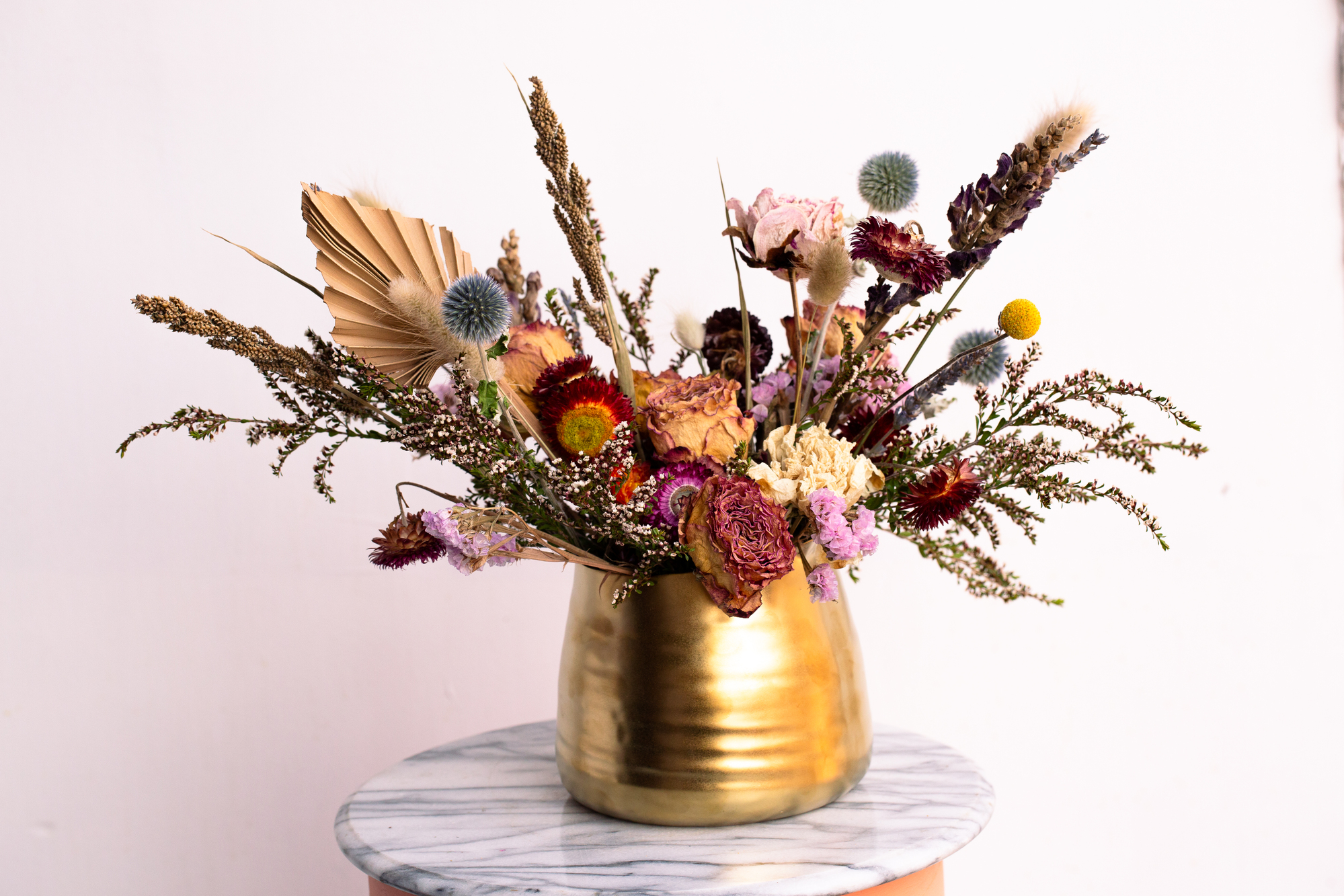
Create a pretty posy, tie with a ribbon and place in a mason jar or jug and display your creation on a bookshelf or entryway table. When arranging your selection, begin with the larger flat stems and build on top of the arrangement in height order, with neater stems and flowers in the foreground.
"Make sure you don't overpower the container (I'm looking at you Echinops, Fan Palms and Crasepdia!)," says Suzanna. You can also go for smaller single bud vases for one or two stems, giving a tasteful and subtle dried flower look that makes a nice addition to a bedroom dresser.

Price: $303
Was: $505
The embodiment of a Grecian bust this show-stopping vase is such a wonderful contrast to reedy dried flowers. The romance of both comes together to create some real whimsy.
3. Try a rustic wreath
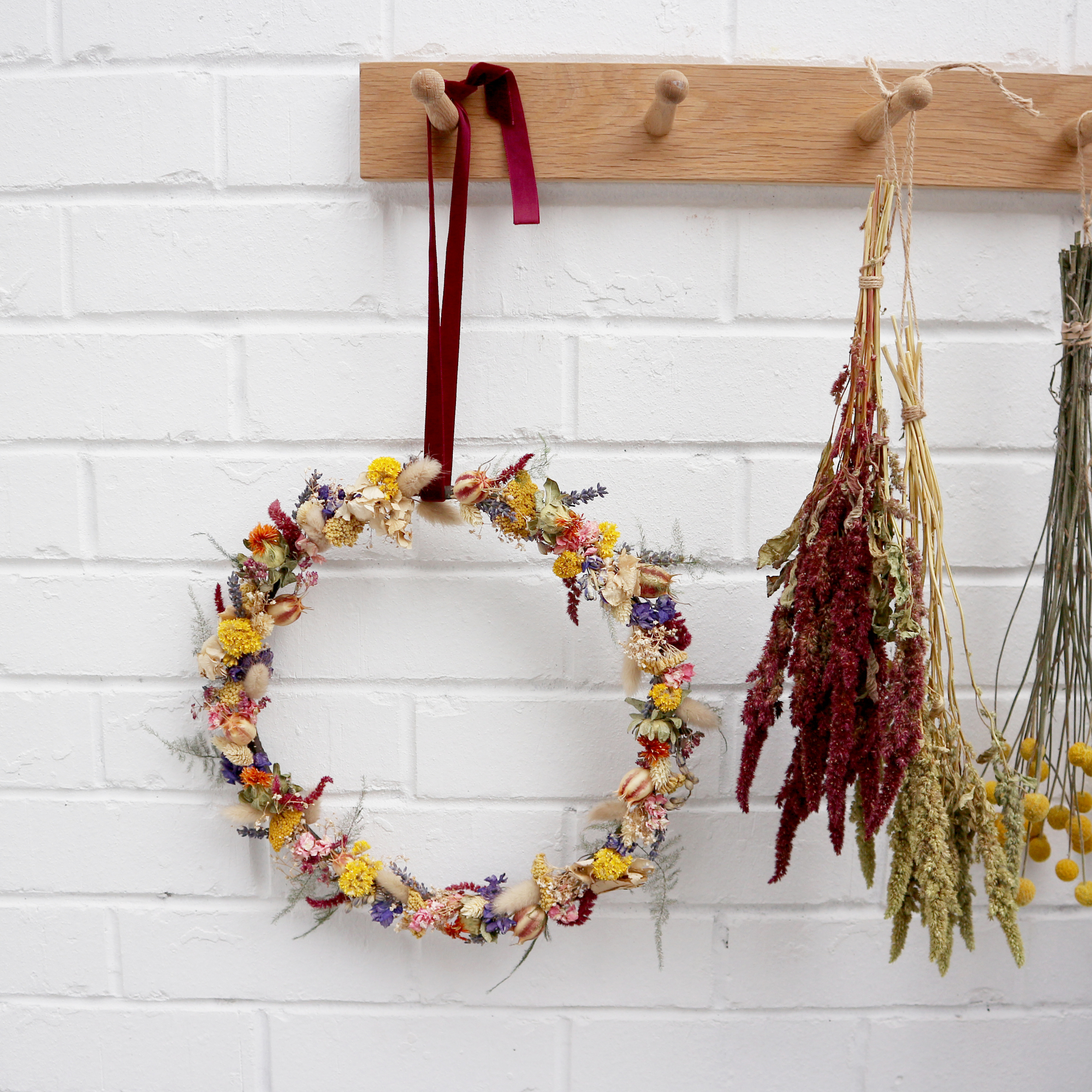
A wreath isn't just for Christmas, and dried flower wreaths made from an assortment of wild flowers are gathering popularity. A dried flower wreath can make for a nice addition to the front door throughout the year, or hung on the wall, held up with a piece of ribbon.
Have a go and make your own with craft wire and trail the vines into a circular shape. Maidengrass and switchgrass helps make the wreath appear fuller, while yarrow and dogbane give small flowers. Alternatively, buy your own wreath if you don't fancy going down the DIY route.
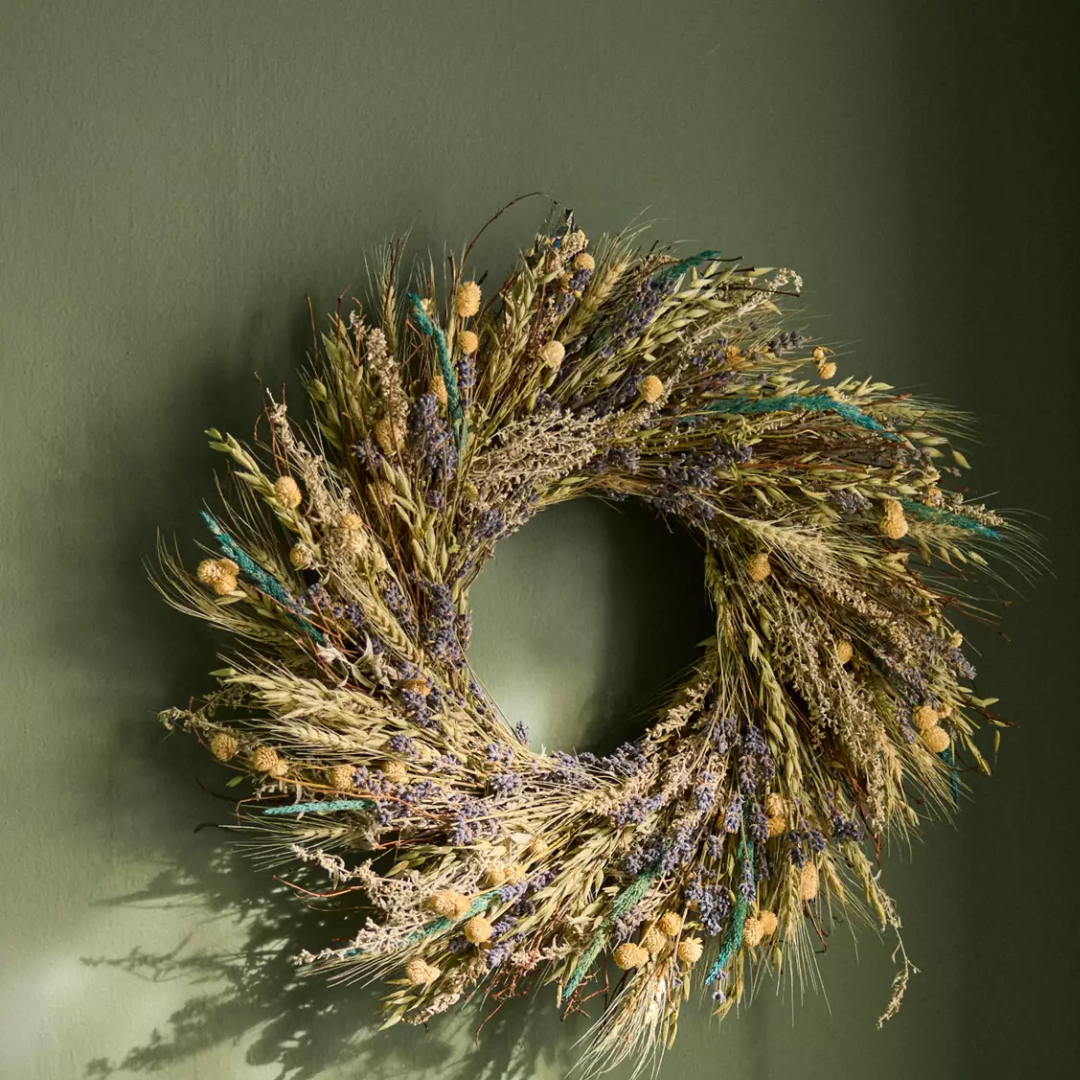
Price: $148
A naturally-preserved wreath made up of grasses, lavender, wheat, and white globe amaranth for an wildflower look.
4. Create a dried flower garland for your tablescape
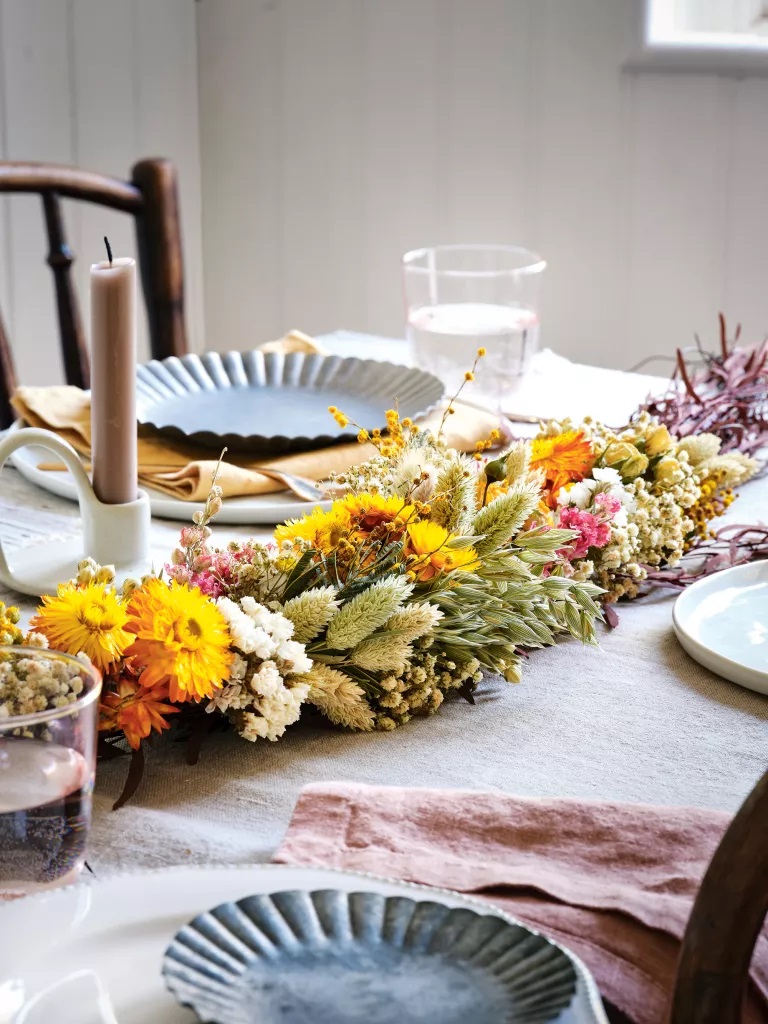
For a seasonal occasion, a dried flower garland will work as a beautiful tablescape idea. In this example, rose buds, flax, daisies and poppy heads come together with other dried flowers to make a beautiful table centerpiece that weaves its way down the center of the table.
Take some florist wire and start with the biggest and bushiest dried flower or stem. Eucalyptus or pampas grass might be good here. Secure in place and work your way outwards, building up the look and finishing with the smaller, more dainty flowers like daisies. Lay your garland on the table, snaking its way down the table lengthways, and fill in here and there where you can see wire poking out.
5. Go for the pressed flower look
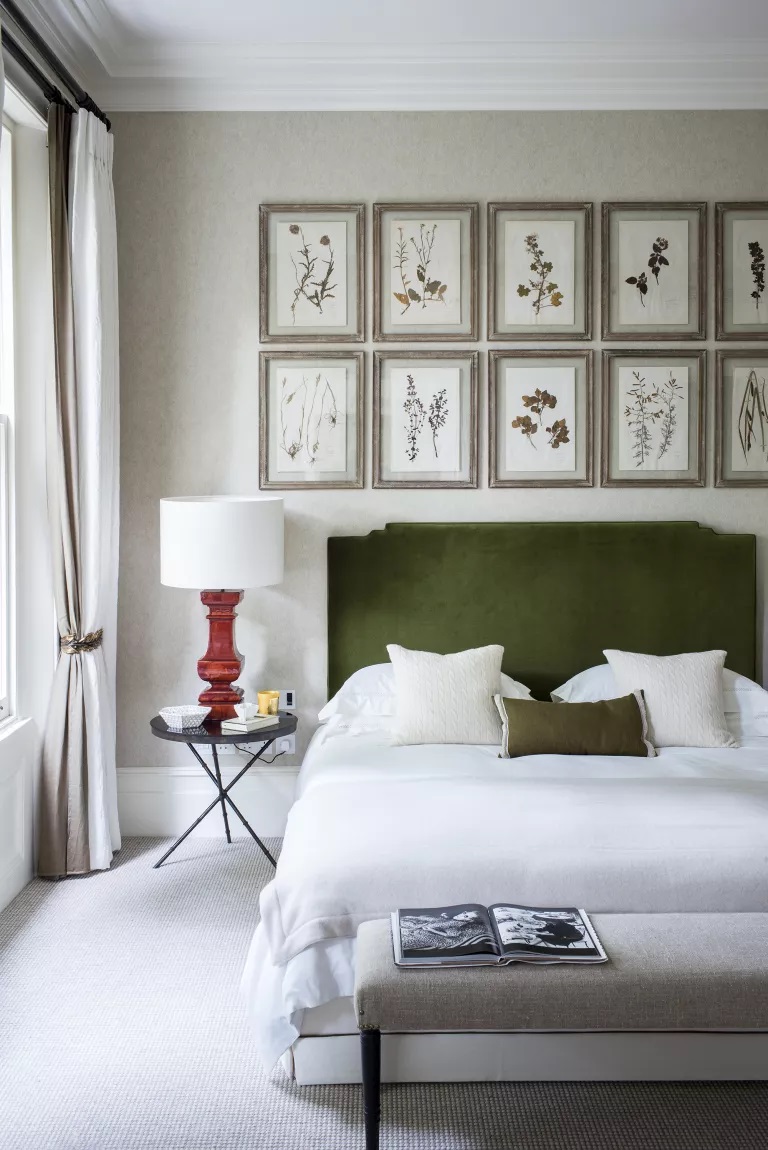
Go one step further and press your flowers to preserve them. To do this you dry the flower in a different way, picking a heavy book, lining the pages with newspaper (to avoid any mildew or residue spoiling the pages — before inserting your flowers and shutting the book.
Pile more books on top for extra weight and forget about them. You will need longer than for dried flowers because they aren't exposed to air to help the drying process. Once dried, they are ripe for framing as a piece of wall art. In this bedroom designed by Kitesgrove, the dried flowers are laid out in a tasteful grid of frames.
Be The First To Know
The Livingetc newsletters are your inside source for what’s shaping interiors now - and what’s next. Discover trend forecasts, smart style ideas, and curated shopping inspiration that brings design to life. Subscribe today and stay ahead of the curve.

Former content editor at Livingetc.com, Oonagh is an expert at spotting the interior trends that are making waves in the design world. She has written a mix of everything from home tours to news, long-form features to design idea pieces, as well as having frequently been featured in the monthly print magazine. She is the go-to for design advice in the home. Previously, she worked on a London property title, producing long-read interiors features, style pages and conducting interviews with a range of famous faces from the UK interiors scene, from Kit Kemp to Robert Kime. In doing so, she has developed a keen interest in London's historical architecture and the city's distinct tastemakers paving the way in the world of interiors.
-
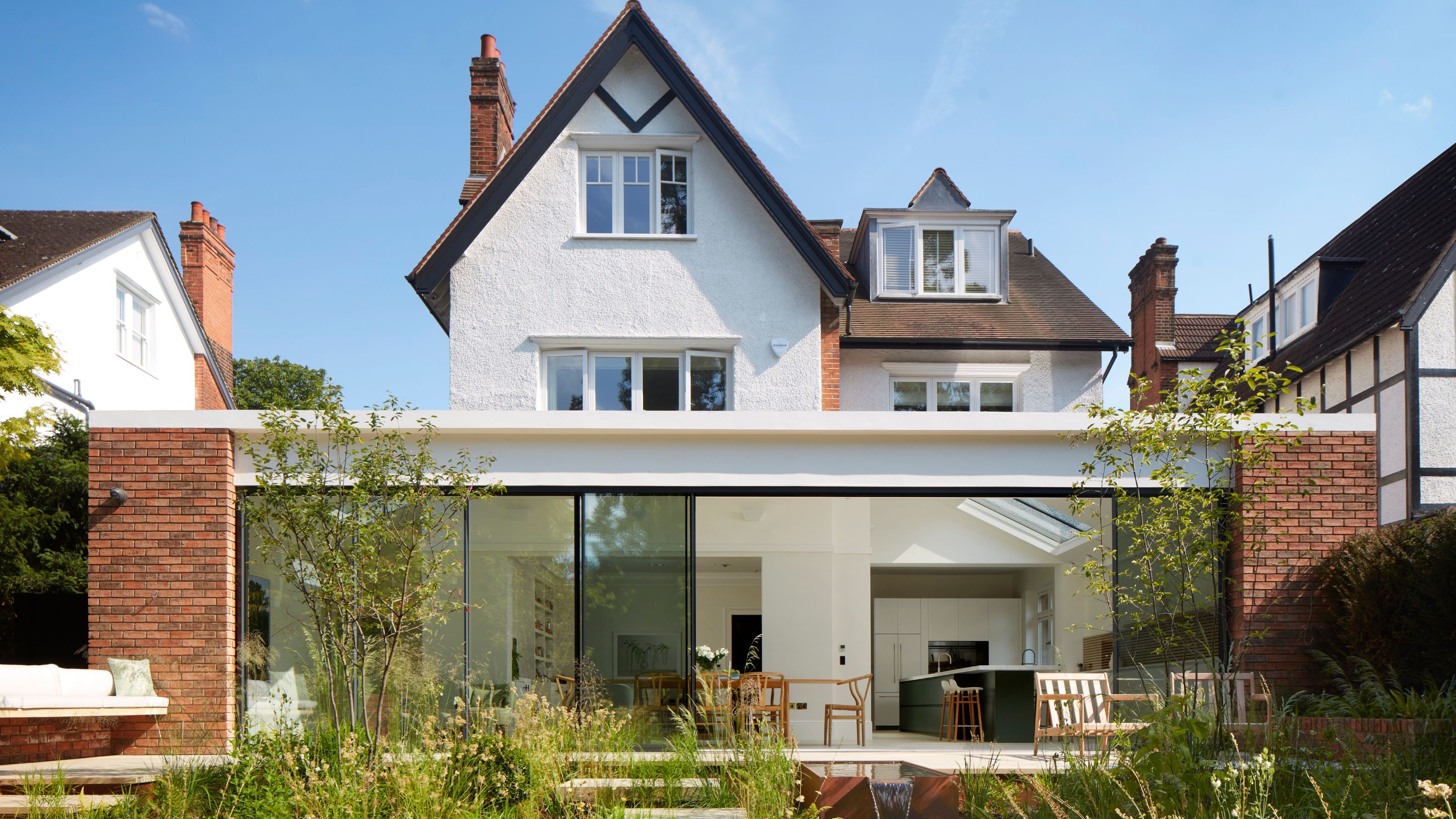 8 Design Tricks That'll Make a Kitchen Extension Feel More Private — Even If You're Overlooked
8 Design Tricks That'll Make a Kitchen Extension Feel More Private — Even If You're OverlookedCreate a light-filled, airy extension that still feels secluded (but in the best way)
By Natasha Brinsmead Published
-
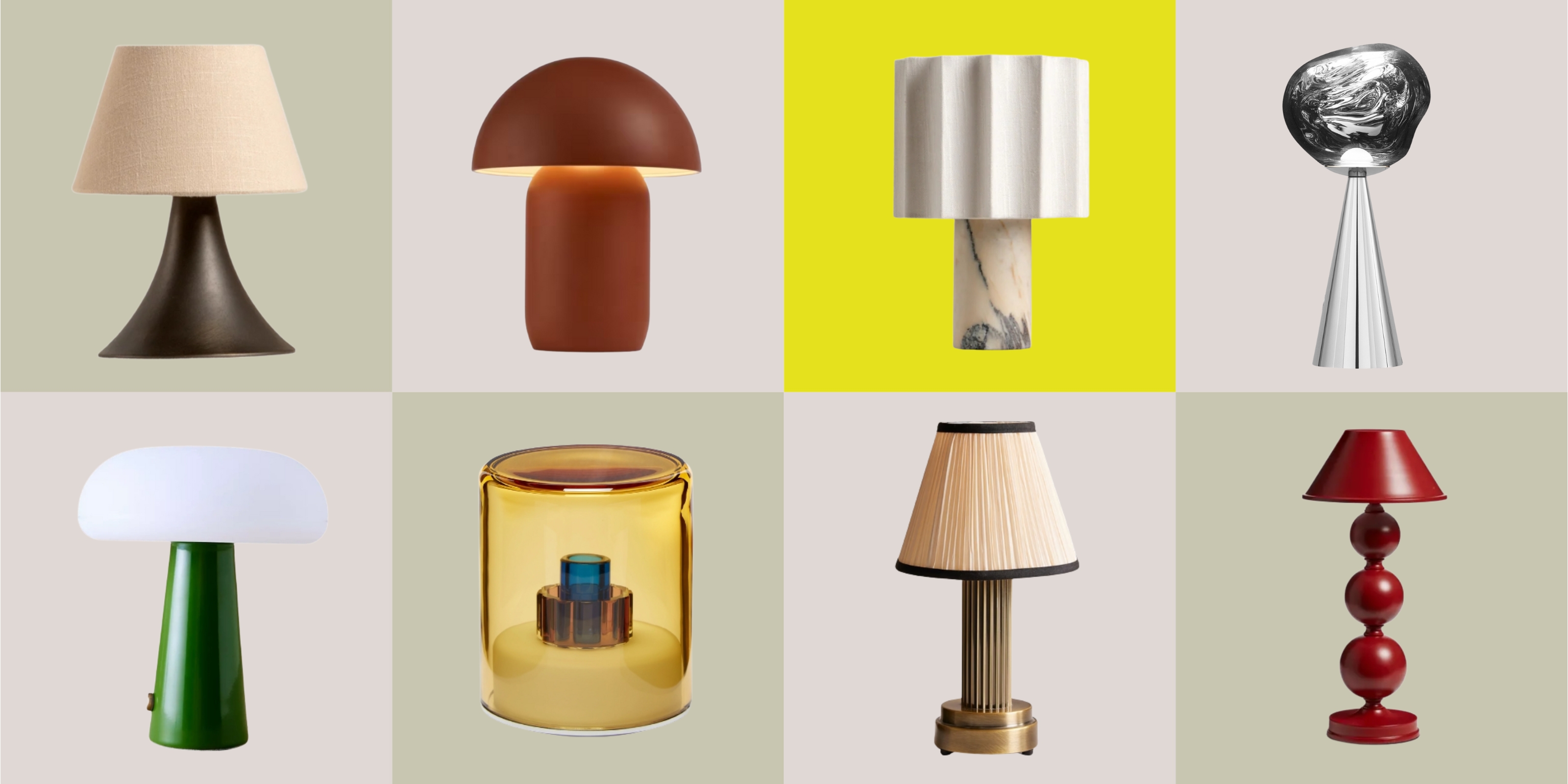 The Best Rechargeable Lamps Have No Cords, but Loads of Style
The Best Rechargeable Lamps Have No Cords, but Loads of StyleWant a lamp to style on your kitchen counter, on your bookshelf, or even in your garden? These portable, pretty, and plug-free lamps are the answer
By Olivia Wolfe Published
-
 9 Bathroom Storage Mistakes You're Probably Making That Make Using This Space Much Harder — And What to Do Instead
9 Bathroom Storage Mistakes You're Probably Making That Make Using This Space Much Harder — And What to Do InsteadDiscover which mistakes are to blame for your overcrowded and cluttered bathroom
By Seraphina Kyprios Published
-
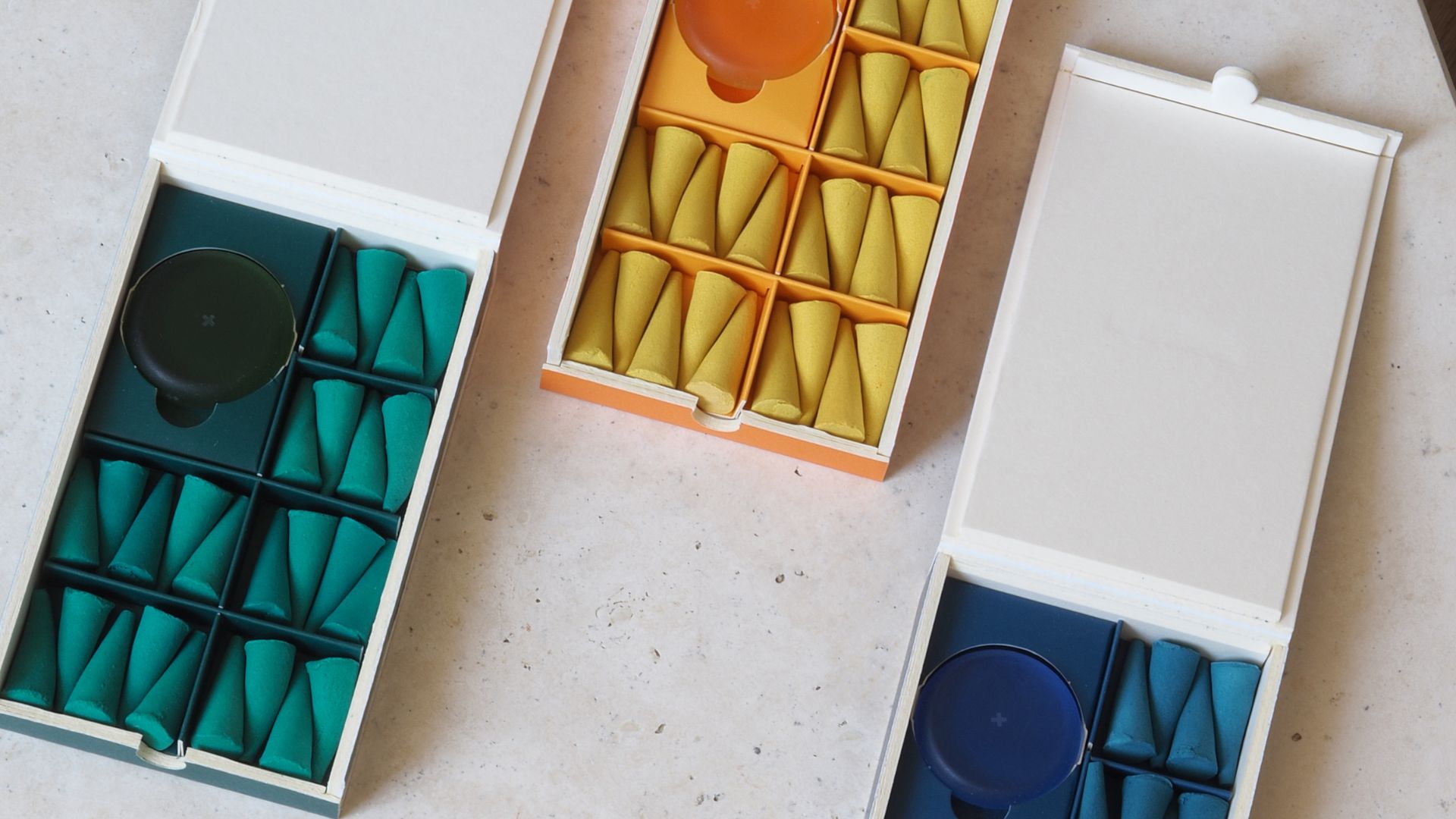 These 'Scenting Droplets' Might Be the Coolest (and Most Stylish) Way to Make Your Home Smell Amazing
These 'Scenting Droplets' Might Be the Coolest (and Most Stylish) Way to Make Your Home Smell AmazingIf you're looking to switch out your incense sticks for something more fun, then you should know about Ripple+'s incense droplets. Let me introduce you.
By Amiya Baratan Published
-
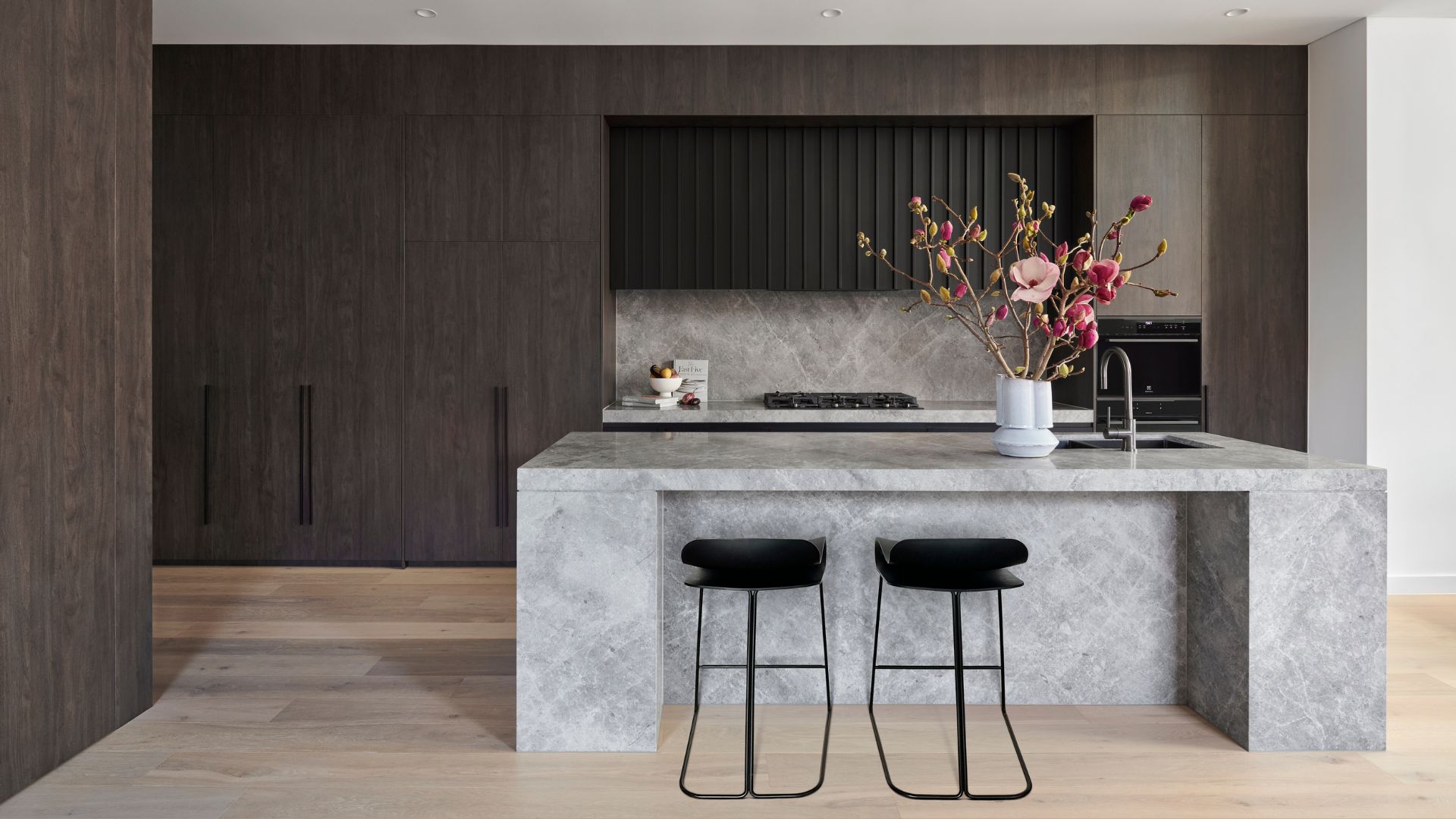 The Japanese Principle of Iki (粋) Is All About 'Refined Elegance' — Here's How to Embrace It in Your Home
The Japanese Principle of Iki (粋) Is All About 'Refined Elegance' — Here's How to Embrace It in Your HomeIf your interior vibe is all about refined elegance and opulent minimalism, you need to know about the Japanese principle of 'Iki'. Here's how to bring it home.
By Amiya Baratan Published
-
 What Can I Choose Instead of Brass Taps? 4 Finishes That Are Emerging in 2025's Kitchens and Bathrooms
What Can I Choose Instead of Brass Taps? 4 Finishes That Are Emerging in 2025's Kitchens and BathroomsIf you want to try something a little different for your kitchen or bathroom finishes, these are the trending styles in taps beyond classic brass
By Seraphina Kyprios Published
-
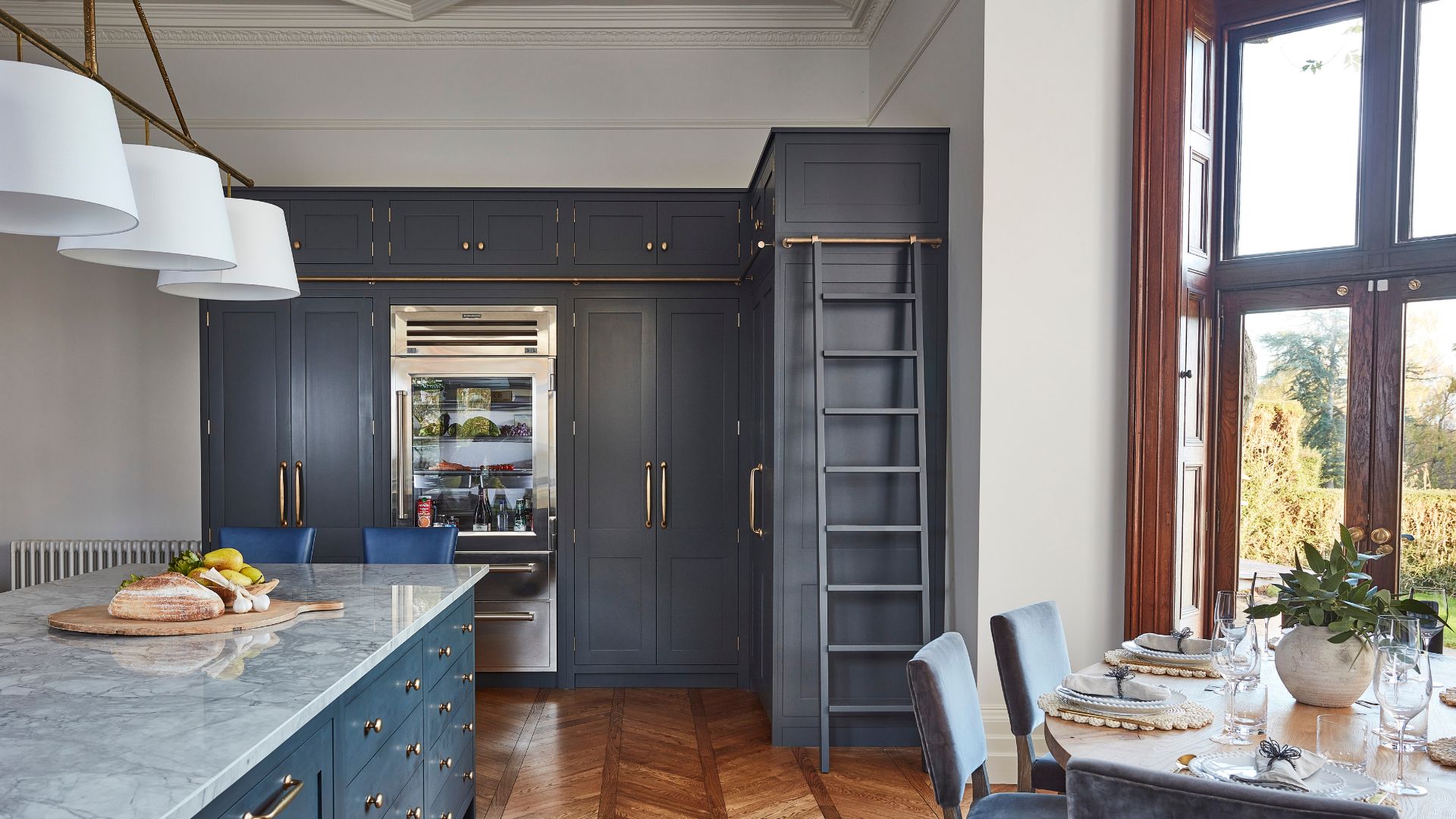 Kris Jenner’s 'All-Green' Glass Fridge Is My Organization Inspo of the Week — Here Are 5 Smart Storage Takeaways I'll Be Adopting
Kris Jenner’s 'All-Green' Glass Fridge Is My Organization Inspo of the Week — Here Are 5 Smart Storage Takeaways I'll Be AdoptingIf you're looking for fridgescaping inspiration, you might not think to look to Kris. But her all-green fridge says otherwise. Here are five tips we've learnt.
By Amiya Baratan Published
-
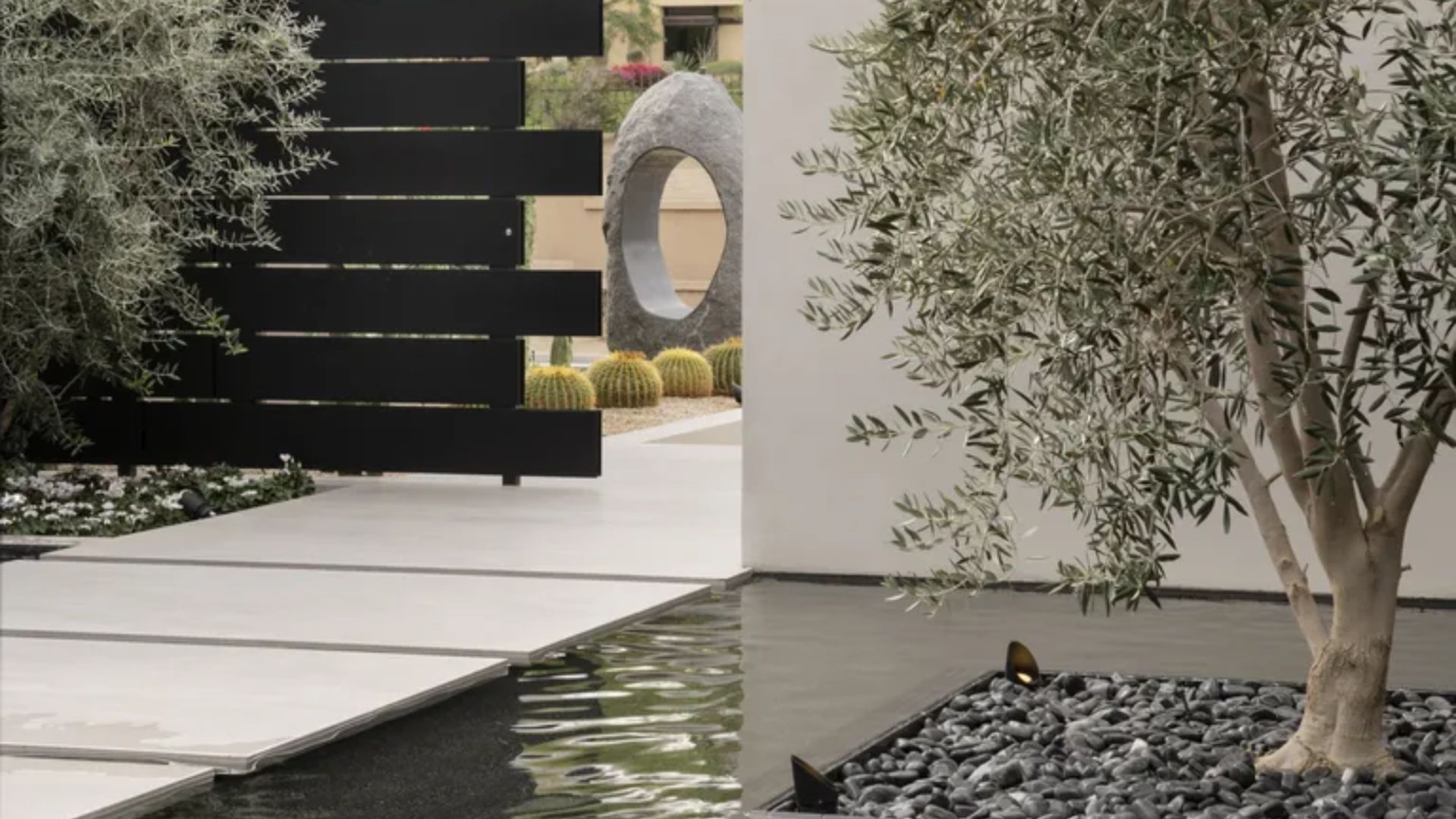 8 Tranquil Water Garden Ideas That Look Beautiful and Train Your Ear Away From Noisy Outdoor Distractions
8 Tranquil Water Garden Ideas That Look Beautiful and Train Your Ear Away From Noisy Outdoor DistractionsIf you enjoy spending time outdoors and are looking for ways to elevate your backyard's ambiance, here are 88 water garden ideas that are sure to inspire.
By Amiya Baratan Published
-
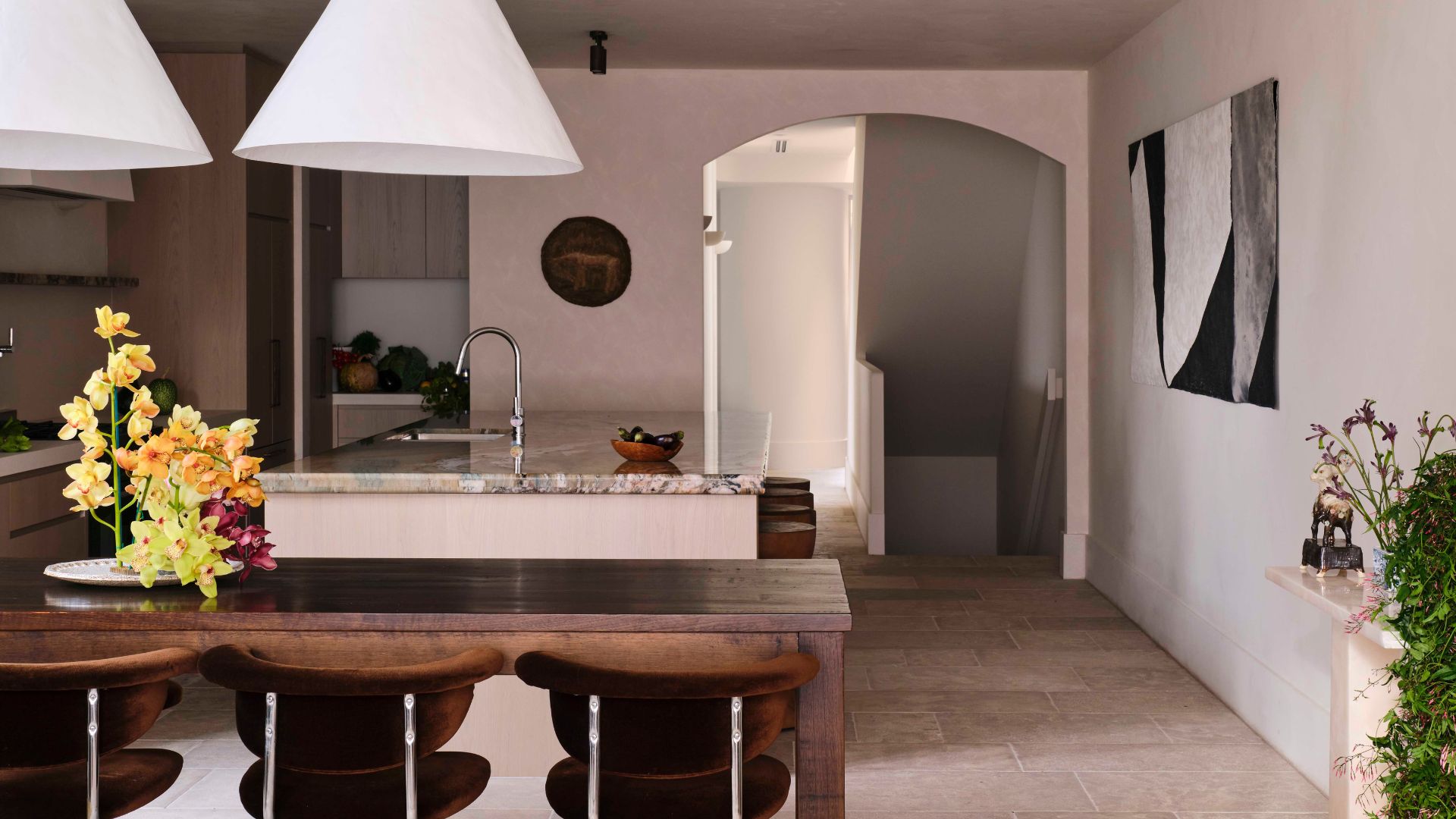 8 Ways to Make Your Home Smell Like Spring — The Tips, and Scents, That Feel Fresh on the Nose for the New Season
8 Ways to Make Your Home Smell Like Spring — The Tips, and Scents, That Feel Fresh on the Nose for the New SeasonDon't get caught lacking with wintery home fragrance now that spring has sprung
By Amiya Baratan Published
-
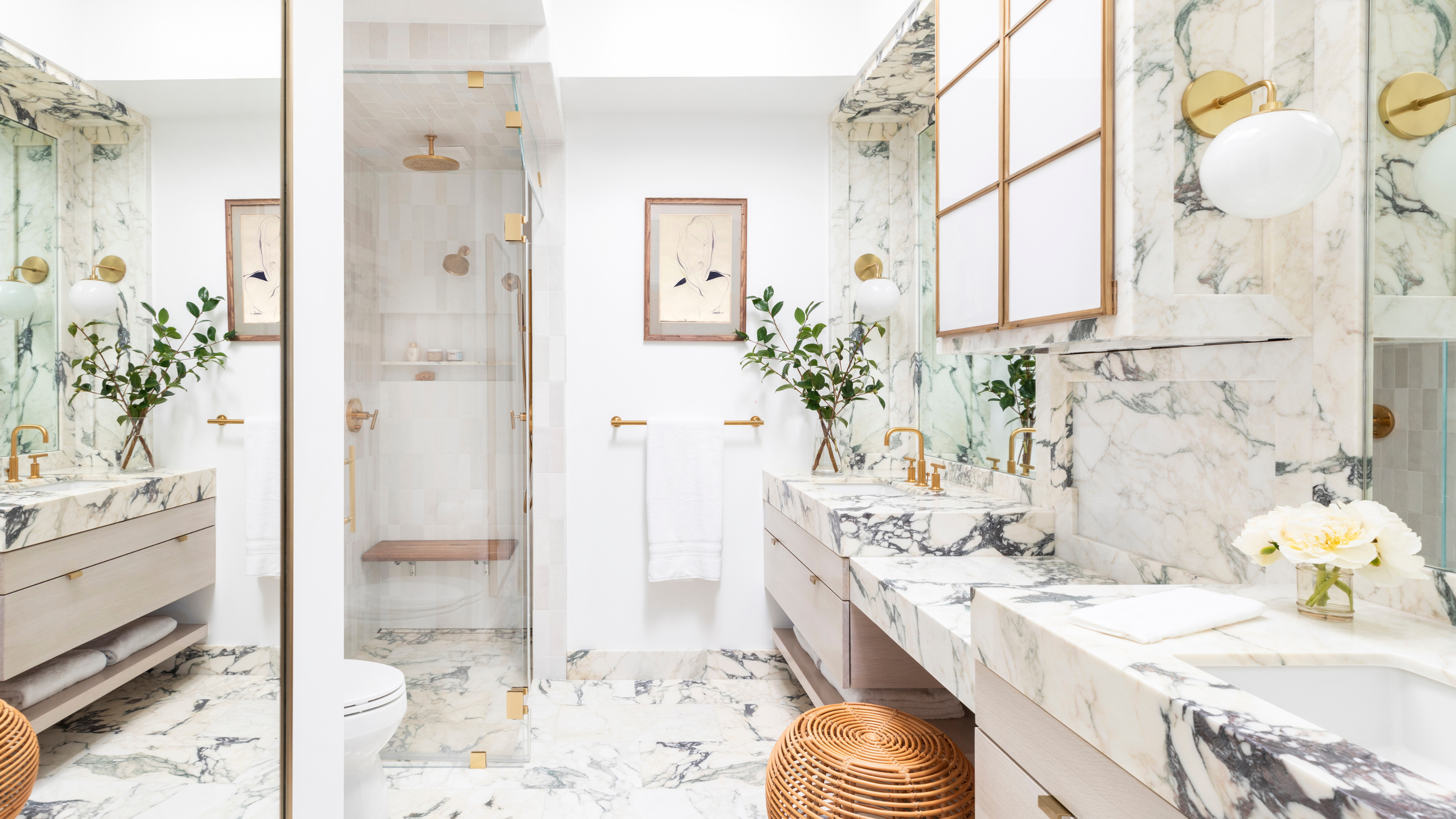 7 Bathroom Organizers That Will Change the Flow of Your Space — And Also Help You Cull Clutter
7 Bathroom Organizers That Will Change the Flow of Your Space — And Also Help You Cull ClutterKeep all your bathroom essentials contained and ditch the clutter for good with these smart ideas
By Seraphina Kyprios Published
